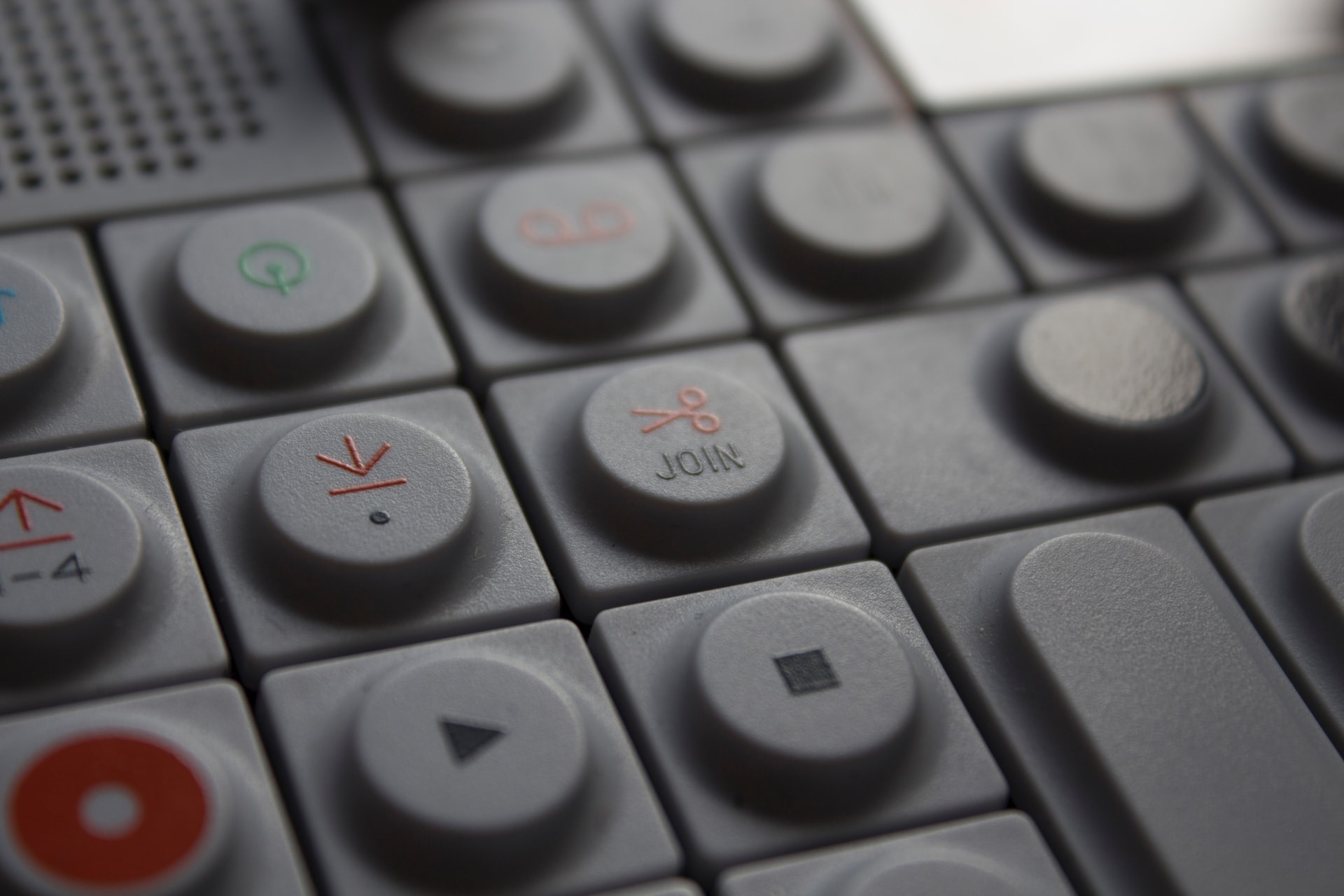The computer has gone down in history as one of the most important and world-changing inventions. Steve Jobs described his Apple computers as a ‘bicycle for the mind.’ While scholars and academics have hailed the revolution in digital computing as a profound change in how humans work, play, and interact. But this doesn’t mean that computers are all that technical, as evidenced by small DIY computers like the Raspberry Pi. There are ways to make a computer on the cheap and on your own. This guide will show you how.
1. Electrics
Remember that a computer is essentially an electric machine. This means that most of your work in creating a computer will be in the hardware – the wires and the circuit boards you’ll connect to create your very own piece of computer hardware.
You’ll need a lot of electrics and a soldering iron to connect different wires to different parts of your machine. But, of course, you’ll need data storage materials, too – in the form of computer chips. You can find these for sale online – in the form of small EEPROM storage devices and the larger, pre-made chips that are common in most of the world’s computers.
2. Computing Arrangements
Computer engineering cannot take place without you using some materials that have already been made for you. Creating a computer from scratch would take years of study – but you can pick up the primary components cheaply online.
Again, you’ll be looking for the components that enable digital currents – in binary code – to travel around your computer. These are digital chips and switchboards, and most are sold online with short guides showing you how they ought to be connected.
3. Assembly
Now that you have the two primary components of a computing machine, it’s time to put them together in the configuration you believe will create a powerful yet cheap and compact computer. You’ll do this with online guides – some of which are elegant, simple, and easy to follow.
Your finished computer might be the size of a fist, or you might wish to make it more expansive, with a large hard drive and plenty of memory. Either way, you’ll need to be able to plug it into a monitor to see your computer boot up – and you’ll also need a source of electrical power.
4. Coding Software
The final piece of the puzzle comes in the form of software. When you create a computer, you’re only making the hardware upon which software can run. That means that bar the most basic terminal screen, you will need to create programs – or install them onto your device.
If you’re familiar with software coding, this is the most exciting part of your computer build, as you can make your computer look and feel as you want it to from the bottom up. If you don’t know how to code, you’ll install programs onto your hard drive, making your computer ready to use.
There you have four relatively simple steps for beginners to follow when making their DIY computer.






